Introduction:
Disposable pet pee pads have become a popular choice among pet owners for managing their pets’ waste. These pads are designed to absorb and contain urine, making it easier to maintain cleanliness in the house. However, their convenience comes at a cost, both financially and environmentally. In this article, we will examine the pros and cons of using disposable pet pee pads and explore alternative solutions that are more eco-friendly.
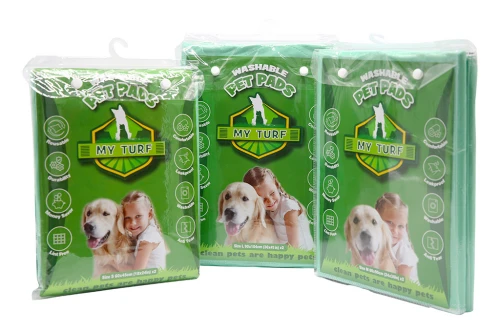
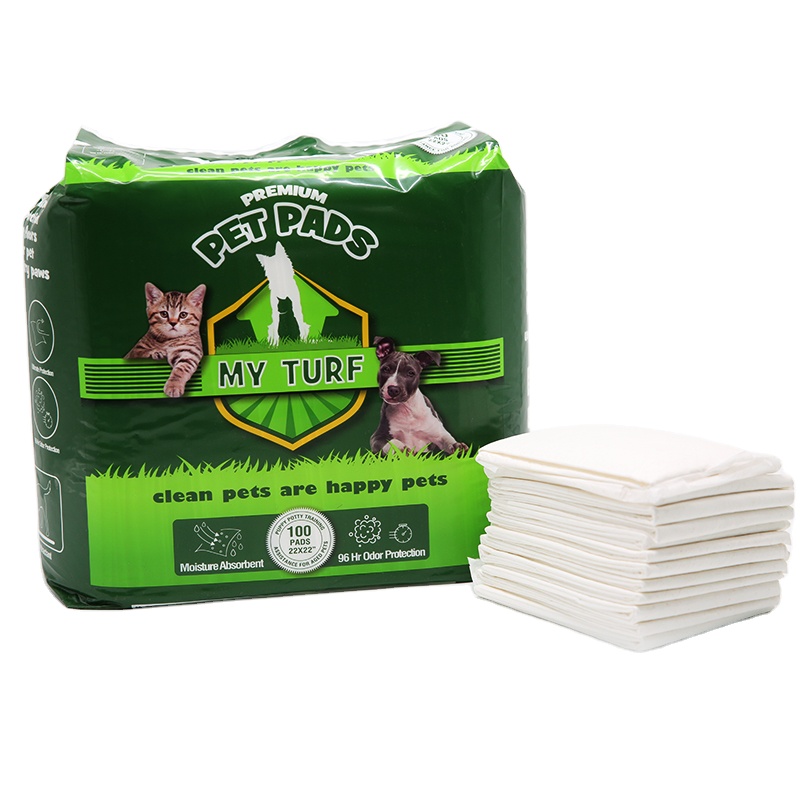
- Convenience and Absorbency:
Disposable pet pee pads offer undeniable convenience. They are readily available in various sizes and can be easily disposed of after use. These pads are designed with advanced absorbent materials that trap moisture and prevent leaks, keeping the surrounding area clean and odor-free. This convenience factor makes them a popular choice for busy pet owners or those living in apartments without easy access to outdoor spaces. - Environmental Impact:
While disposable pet pee pads may be convenient, their environmental impact cannot be ignored. These pads are primarily made from non-biodegradable materials, such as plastic and synthetic fibers. Once discarded, they end up in landfills where they can take hundreds of years to decompose. This accumulation of waste contributes to environmental pollution and threatens the delicate balance of ecosystems. - Cost Considerations:
Using disposable pet pee pads can also be costly in the long run. Pet owners need to continuously purchase new pads, resulting in ongoing expenses. Additionally, the production and transportation of these pads require energy and resources, further adding to their overall cost. Considering alternatives that are both cost-effective and environmentally friendly can prove to be a wise choice. - Eco-Friendly Alternatives:
Fortunately, there are several eco-friendly alternatives to disposable pet pee pads. One option is reusable cloth or fabric pads. These pads are washable, reducing the need for constant repurchasing. They are made from natural materials and can be reused multiple times, significantly reducing waste. Another alternative is grass or sod patches specifically designed for pets. These patches mimic the outdoor environment and provide a designated area for pets to relieve themselves.
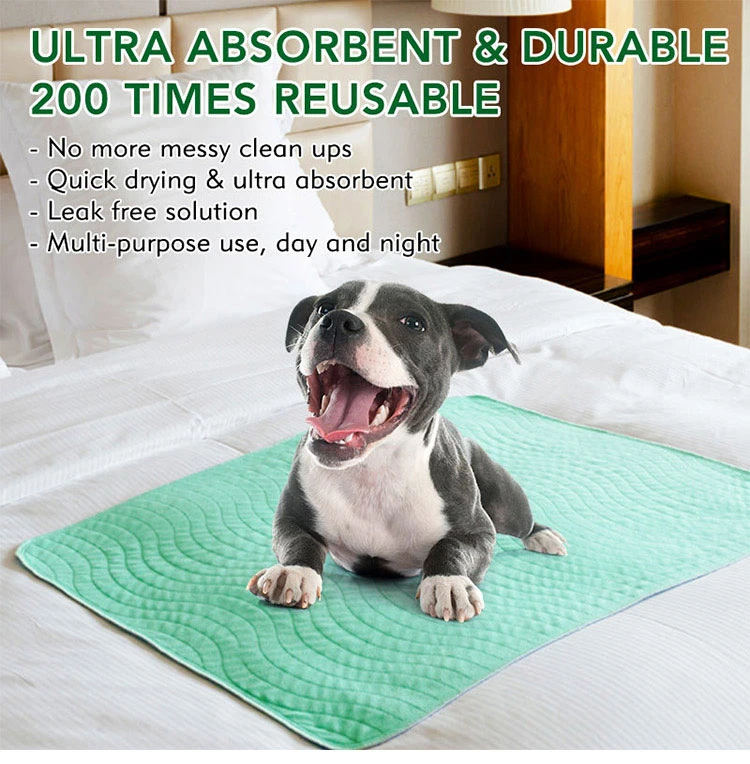
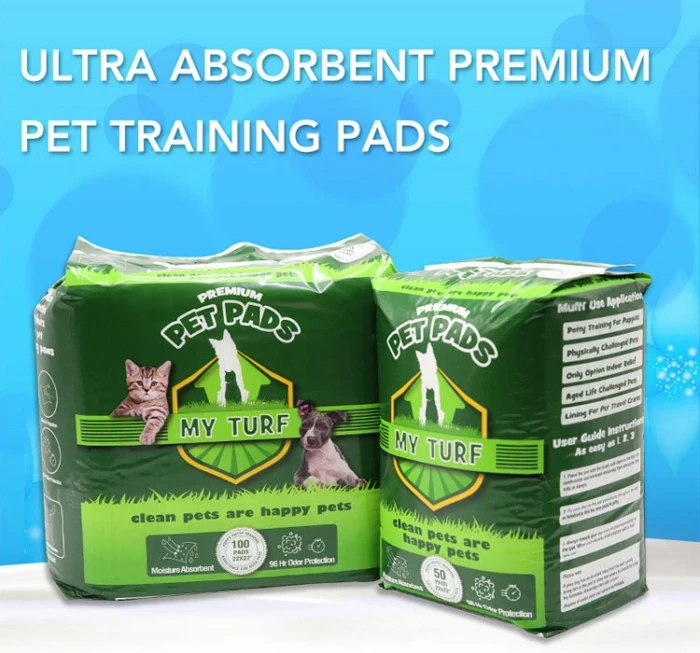
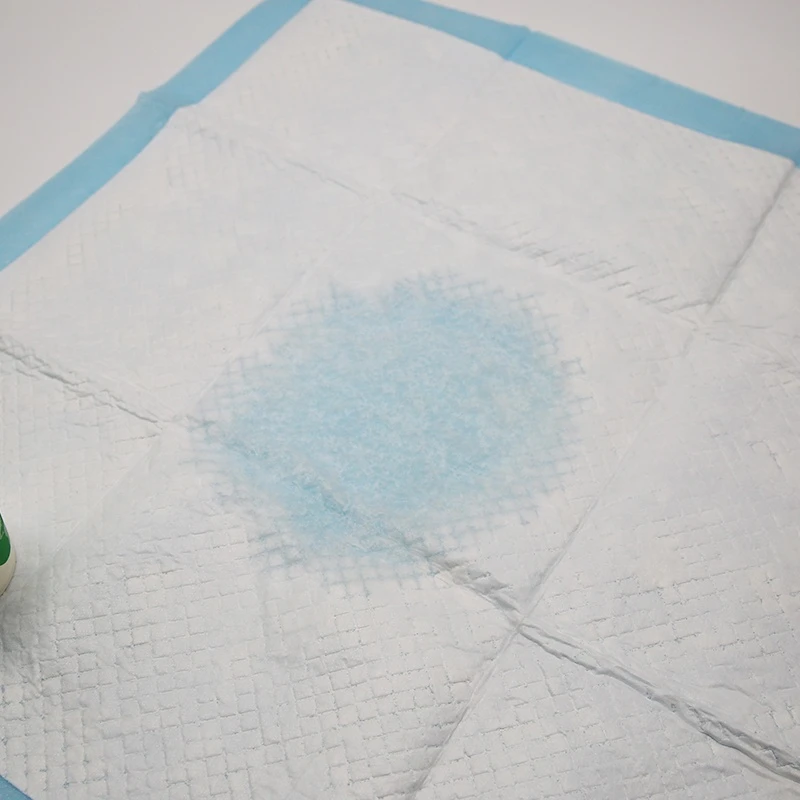
Conclusion:
Disposable pet pee pads offer convenience and absorbency, making them a popular choice for many pet owners. However, their environmental impact and ongoing costs cannot be ignored. As responsible individuals, it is crucial to consider eco-friendly alternatives that minimize waste and reduce our carbon footprint. Exploring reusable cloth pads or grass patches can be a step towards creating a more sustainable future for our pets and the environment. By making conscious choices, we can strike a balance between convenience and environmental responsibility.
